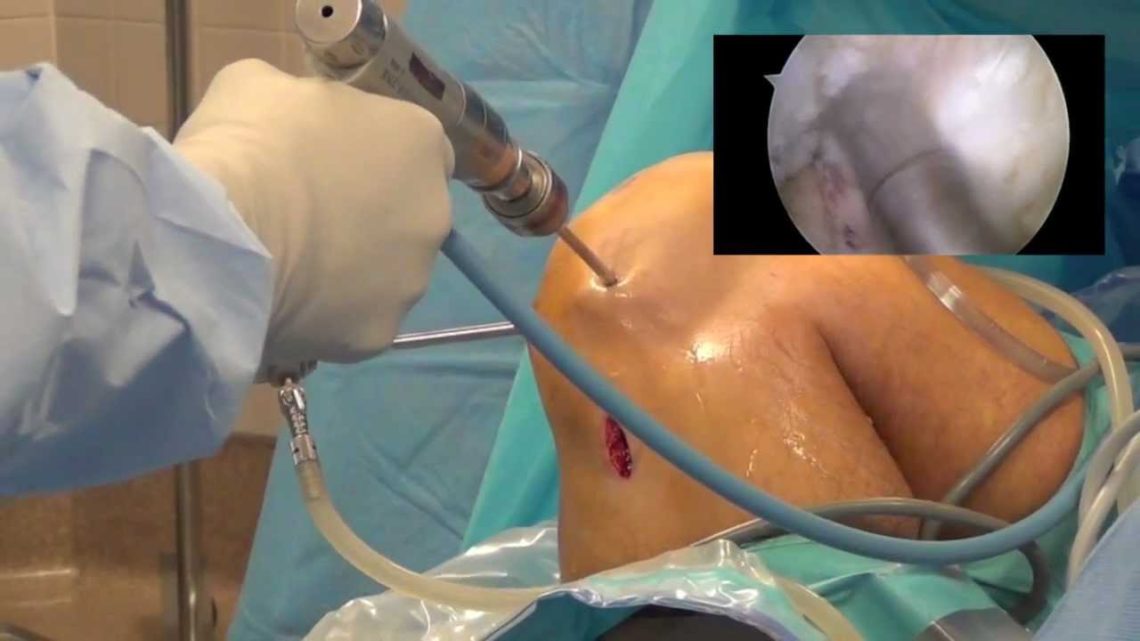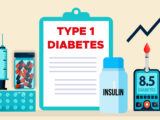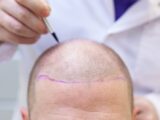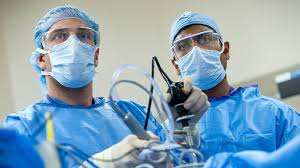
All that you need to know about ACL
August 24, 2018A torn anterior cruciate ligament, or an ACL tear, is a standout amongst the most widely recognized knee injuries. It is a very typical injury caused during sports and these happen all the more oftentimes among female competitors.
Causes and Risk Factors
As per the ACL hospital in India ACL wounds have a tendency to happen all the more regularly in individuals who play high-intensity sports where fast rotating and turning are normal, for example, football, basketball, soccer and skiing etc. Most of these ACL tears occur without any direct contact with the knee. In these cases, the tears have a tendency to happen when a man is running and rapidly alters course, all of a sudden curves or cuts, or in the event that they hyperextend their knee descending from a hop. Be that as it may, an immediate hit to the knee, for example, amid a football match while tackling the opponent, can likewise make these tendons tear.
ACL Tears in Women
Women competitors who play these kind of pivoting sports are more probable than male competitors to get a knee tendon damage, for example, an ACL tear. This might be because of contrasts in neuromuscular control, strength of the muscles, and physical conditioning. It may likewise be because of pelvis and lower leg arrangement, a wider pelvis, or other differences of their anatomy.
ACL Injury Types
There are diverse severities of ACL sprains, which are classified in the below mentioned ways:
- Grade 1 Sprain: Pain with insignificant harm to the tendons, yet at the same time ready to help keep the knee joint stable.
- Grade 2 sprain: More tendon harm and gentle detachment of the joint, regularly called a fractional or partial tear.
- Grade 3 sprain: The tendon is totally torn and the joint is free or unstable.
Torn ACL Symptoms
Symptoms and Signs of a torn ACL may incorporate the following:
Knee popping: Many individuals feel or hear a “popping sound” in their knee when their ACL is injured.
Knee hyperextension: Some individuals feel a short hyperextension of the knee joint when their ACL gets injured, which happens when the knee is bowed in reverse. ACL hospital in India provide thorough treatment for these kind of injuries.
Knee swelling: A lot of swelling generally happens inside six long periods of ACL injury and may increment for two days before it subsides gradually.
Knee torment and discomfort: After the damage, the vast majority of people need to stop whatever activity they were involved in. They feel agony in the joint zone, particularly when they put weight on the damaged leg. They may likewise experience agonies and that they have lost full scope of movement and an awkward inclination when strolling, and in addition the vibe that their knee is unstable. Such people feel like giving in under stress but fret not. ACL tear can be easily cured and after a while the individual can perform all the activities that he/she was performing earlier.
To analyze ACL damage, a doctor will look at your knee by contrasting the structures of your harmed knee to your non-harmed knee, and seeing which parts remain in legitimate position when weight is applied in various ways.










